By Julia Brennan and Kaitlyn Munro
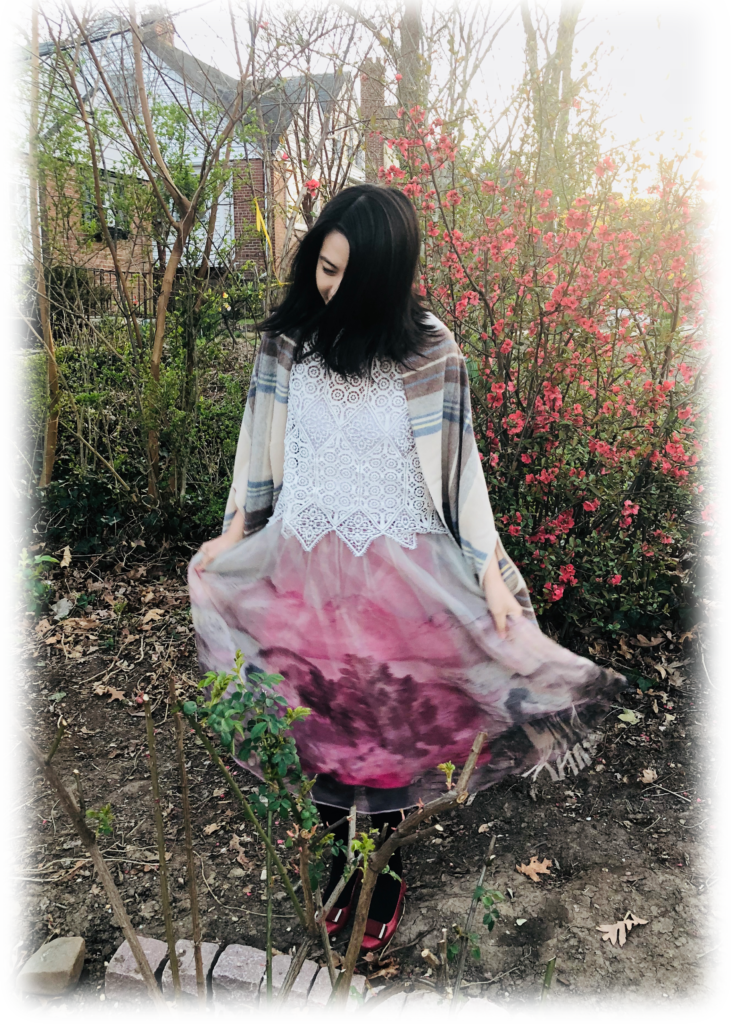 Recently I met my lovely friend Claire Chen, who was wearing a gossamer tulle skirt, which fluttered around her like a butterfly. It was enchanting, so was she, and my curiosity about tulle was stirred. I started noticing the tulle explosion everywhere …… in the fashion magazines Chanel, Dior, Mango, Topshop, H&M were vying for romantic coverage of their blithe poufy creations. Familiar from childhood mostly as ballet tutus, or that stiff white net of my 1960’s Holy Communion veil, it is, in fact, a most important and compelling fabric in my everyday conservation profession………as the nearly sheer material we use as a protective overlay to treat damaged fabrics. My relationship with tulle net is in fact very formal and prescribed.
Recently I met my lovely friend Claire Chen, who was wearing a gossamer tulle skirt, which fluttered around her like a butterfly. It was enchanting, so was she, and my curiosity about tulle was stirred. I started noticing the tulle explosion everywhere …… in the fashion magazines Chanel, Dior, Mango, Topshop, H&M were vying for romantic coverage of their blithe poufy creations. Familiar from childhood mostly as ballet tutus, or that stiff white net of my 1960’s Holy Communion veil, it is, in fact, a most important and compelling fabric in my everyday conservation profession………as the nearly sheer material we use as a protective overlay to treat damaged fabrics. My relationship with tulle net is in fact very formal and prescribed.
Tulle net is an important part of our daily conservation activities…
- Fine monofilament nylon tulle net imported from Dukeries UK…
- …is laid over shattered silk in these quilts…
- …and on this intricate, embroidered applique on a 19th c dress.
- Fine custom dyed nylon, silk, and cotton bobbinet are all used in our conservation treatments.
…but meanwhile, tulle is popping up all over!
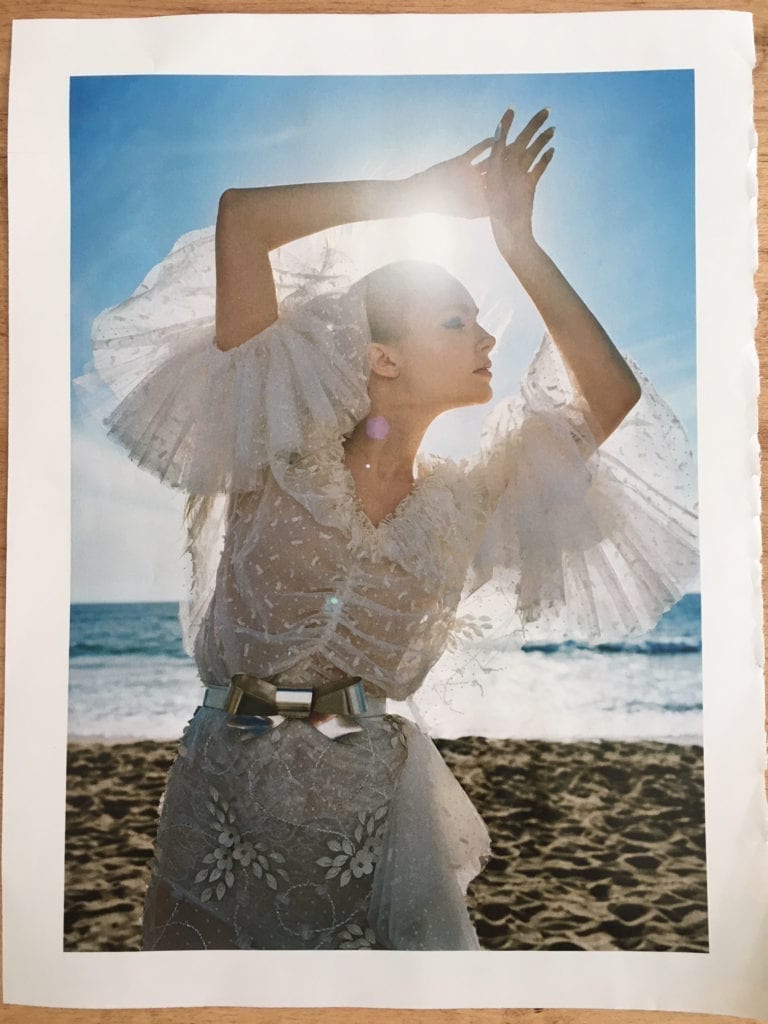
New York Times Magazine, April 29, 2018
- Fashion magazines…
- …and catalogs.
So, what is the story of tulle? And, what is the difference between tulle and bobbinet?
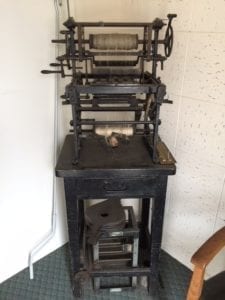
Pictured here is Dukeries old twist hand bobbinet machine, which is quite small and rare, built in the 1850 ‘s. Workers in those days had to build their own small bobbinet machine before they were allowed on the large bobbinet machines!
The story starts with bobbin lace, its net-like structure, painstakingly handmade, by interlacing threads over and under. More mechanized methods started in the 16th c with ‘knitting’ or stocking frame machine. In the early 1800’s, in the UK, a Mr. John Heathcoat, studied the hand movements of bobbin lace makers and replicated them into a new invention—the bobbin net machine. The term bobbinet refers to the machine made net fabric that we use today, and is also known as tulle.

Compare & contrast: Bobbinet structure vs. Dukeries Silk Bobbinet vs. Dukeries Nylon Monofilament
Today, I purchase conservation 100% nylon bobbinet from an ingenious man who is still using the same 19thc machinery and the exact same “knitting” process. Mr. Lawrence (aka Dukeries) sells bobbinet and other fine tulles to the conservation trade, as well as to lingerie and costume sectors.

Susie Plaisted of Winkworth Brooklyn, (Instagram @Winkworthbklyn) designs a delicious fall wedding dress of lace organically layered onto a cotton bobbinet petticoat. Delighted, the lovely bride-to-be Alex Delare, danced for each fitting…….
The name ‘tulle’ originates from the French city of Tulle, (turf of politicians Chirac and Holland). Here, around 1700, the French began to knit a fabric with hexagonal meshes, similar to a honeycomb. Later, Queen Victoria wore meters of fluffy WHITE tulle bobbinet as her wedding dress, establishing the tradition that continues today. What’s a wedding dress without tulle? In the 19th c, designers like Worth started layering it underneath skirts, adorning the outside of dresses, and draping it over hats, shielding a woman’s face like a fashionable veil.
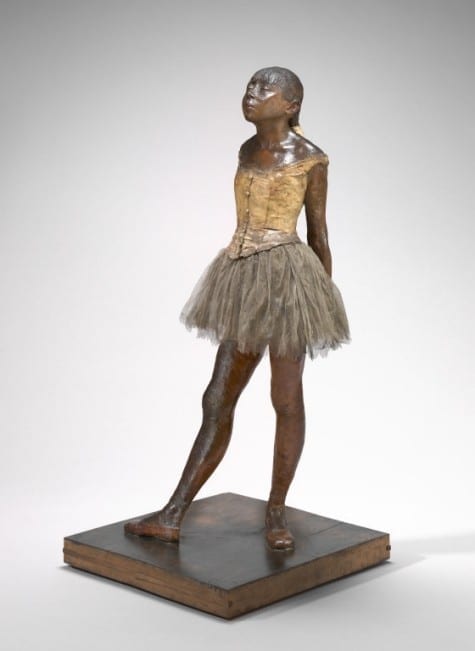
Little Dancer Aged Fourteen by Edgar Degas, at The National Gallery of Art, Washington, D.C.
Ballet dancers adopted fluffy sculptural accent skirts called ‘tutu’ – immortalized by Degas’s sensuous pastels and the statues of the single dancer…..The NGA Washington DC, has the original wax and clay statuette, with a silk tulle skirt (Five layers!) This is the only little dancer that Degas had his physical hand in making. There is the possibility that the extant tutu is indeed the one Degas exhibited in 1881. Or to learn more about the sculpture, explore this link. The Metropolitan Museum of Art, NYC, recently replaced the tutu on their Degas bronze dancer with a gauze fabric…this fascinating conservation project can be seen here.
Today tulle is a global industry; made of silk, cotton, wool, polyamide, polyester, lurex; it comes soft, stiff, sparkly, ‘invisible’, elastic, chemical free, and in hundreds of colors.Tremendously fun, versatile and dramatic, the uses for tulle are endless, from Mardi Gras floats to mosquito nets; you can flock it, print on it, laminate it, dye it, stitch it, crunch it.
* “Because I could not stop for Death –
He kindly stopped for me- […]
The Dews drew quivering and Chill –
For only Gossamer, my Gown –
My Tippet – only Tulle –”
—Emily Dickinson – dressed for immortality
You can contact Dukeries directly:
Lawrence Taylor, Managing Director, Dukeries Textiles & Fancy Goods LTD
T: 0115 9816330; F: 0115 9816440 | [email protected]

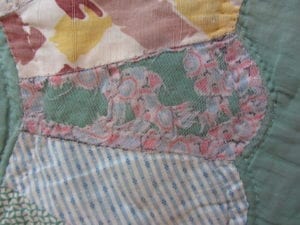
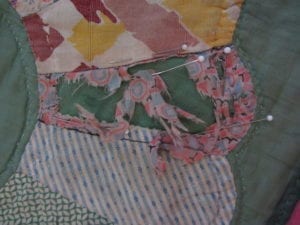
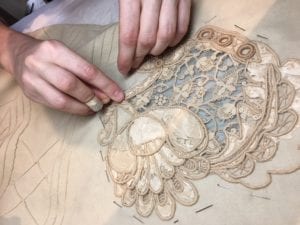
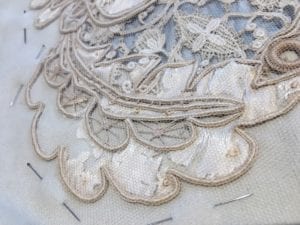
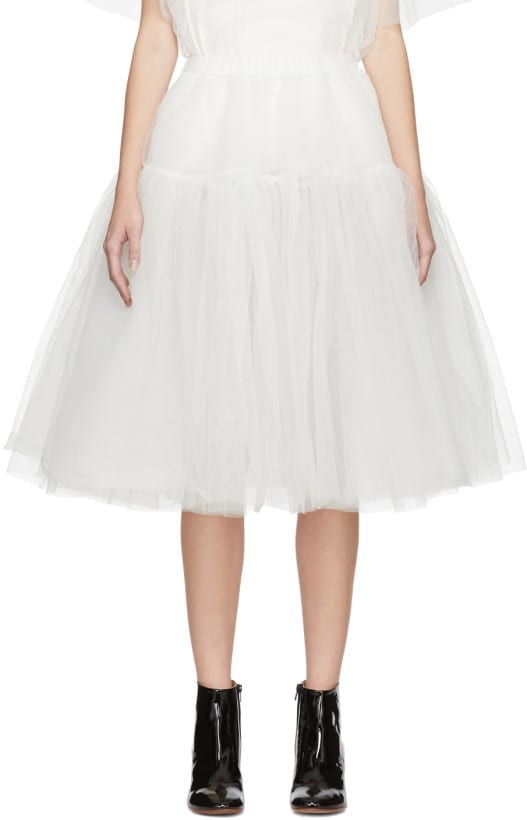
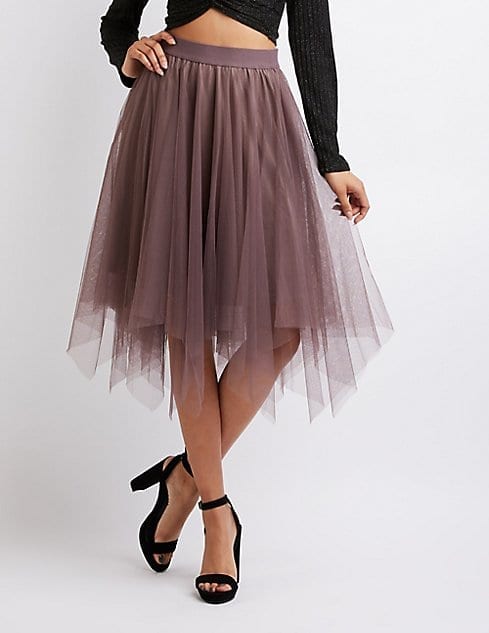

A most interesting article. I had no idea tulle was so intricately woven (pun intended) into the conserving of textiles. Thank you for the lesson.